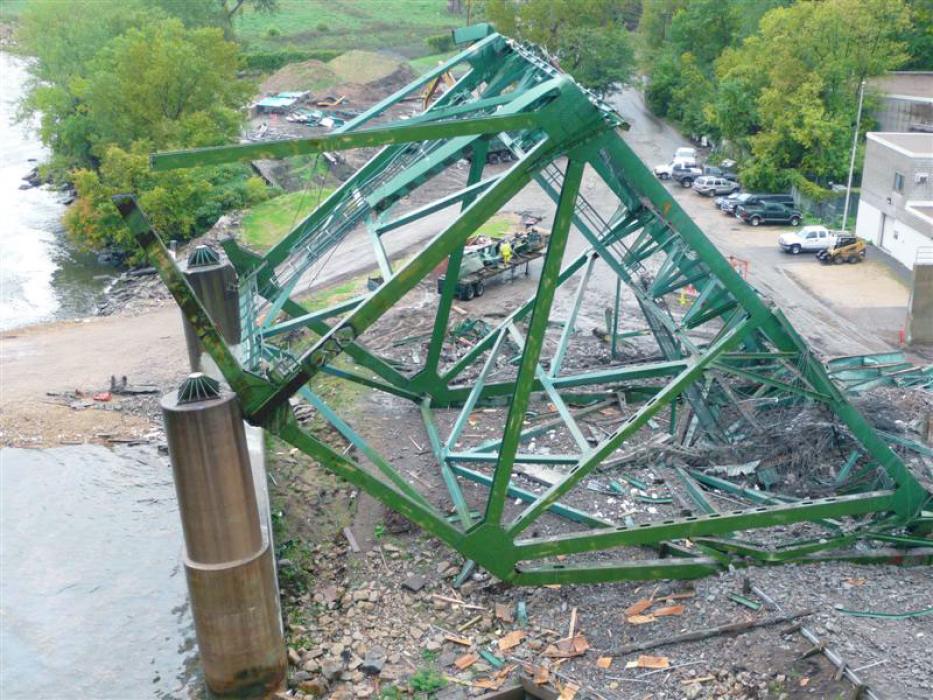
Consequence-Based Robustness Assessment of A Steel Truss Bridge

Authors
Publication
Steel and Composite Structures, Vol. 14, No. 4 (2013) 379-395.
Abstract
Aim of this paper is to apply to a steel truss bridge a methodology that takes into account the consequences of extreme loads on structures, focusing on the influence that the loss of primary elements has on the structural load bearing capacity. In this context, the topic of structural robustness, intended as the capacity of a structure to withstand damages without suffering disproportionate response to the triggering causes while maintaining an assigned level of performance, becomes relevant. In the first part of this study, a brief literature review of the topics of structural robustness, collapse resistance and progressive collapse takes place, focusing on steel structures. In the second part, a procedure for the evaluation of the structural response and robustness of skeletal structures under impact loads is presented and tested in simple structures. Following that, an application focuses on a case study bridge, the extensively studied I-35W Minneapolis steel truss bridge. The bridge, which had a structural design particularly sensitive to extreme loads, recently collapsed for a series of other reasons, in part still under investigation. The applied method aims, in addition to the robustness assessment, at increasing the collapse resistance of the structure by testing alternative designs.
Keywords
consequence-based design; structural robustness; collapse resistance; progressive collapse; skeletal structures; steel truss bridge; alternative design








